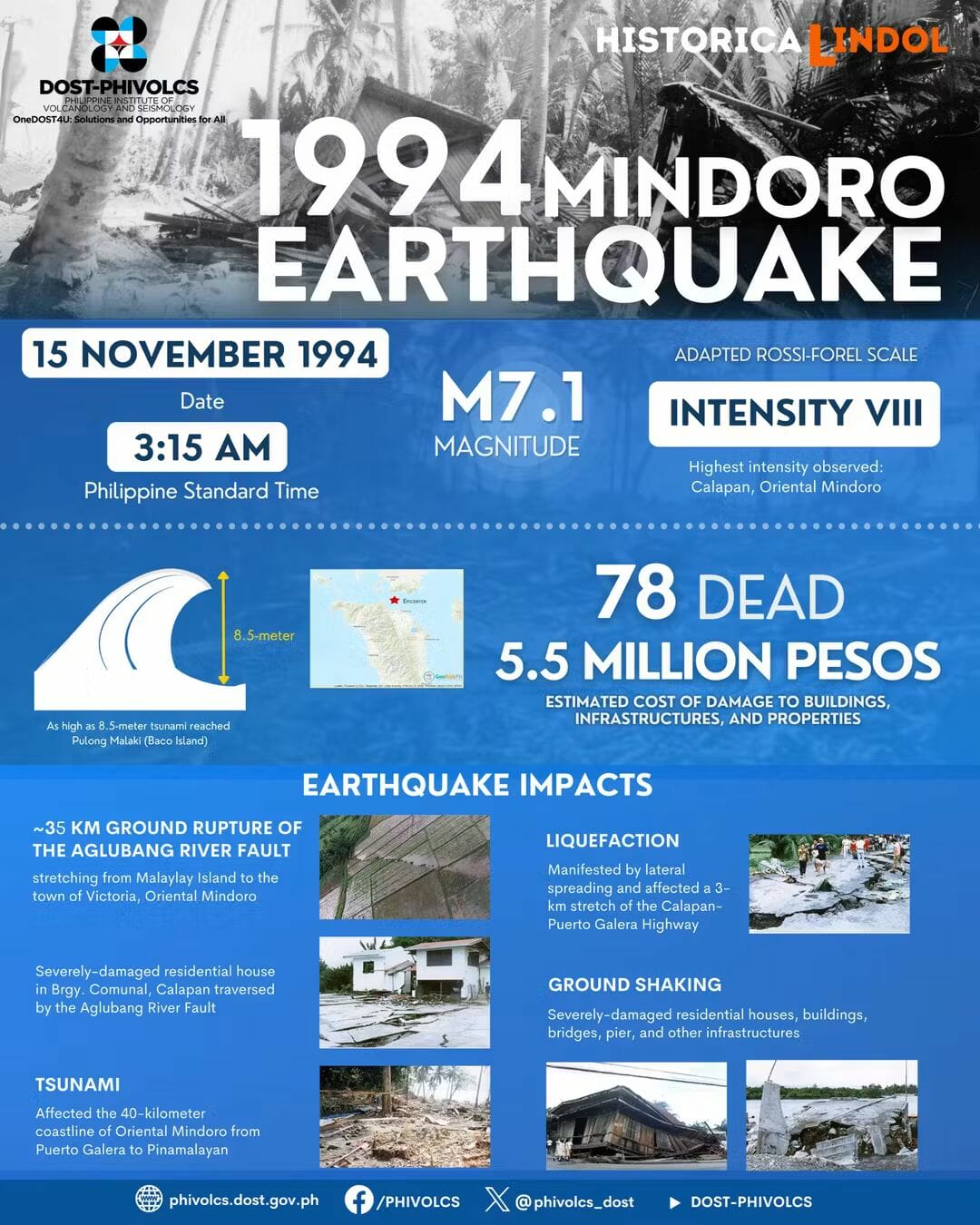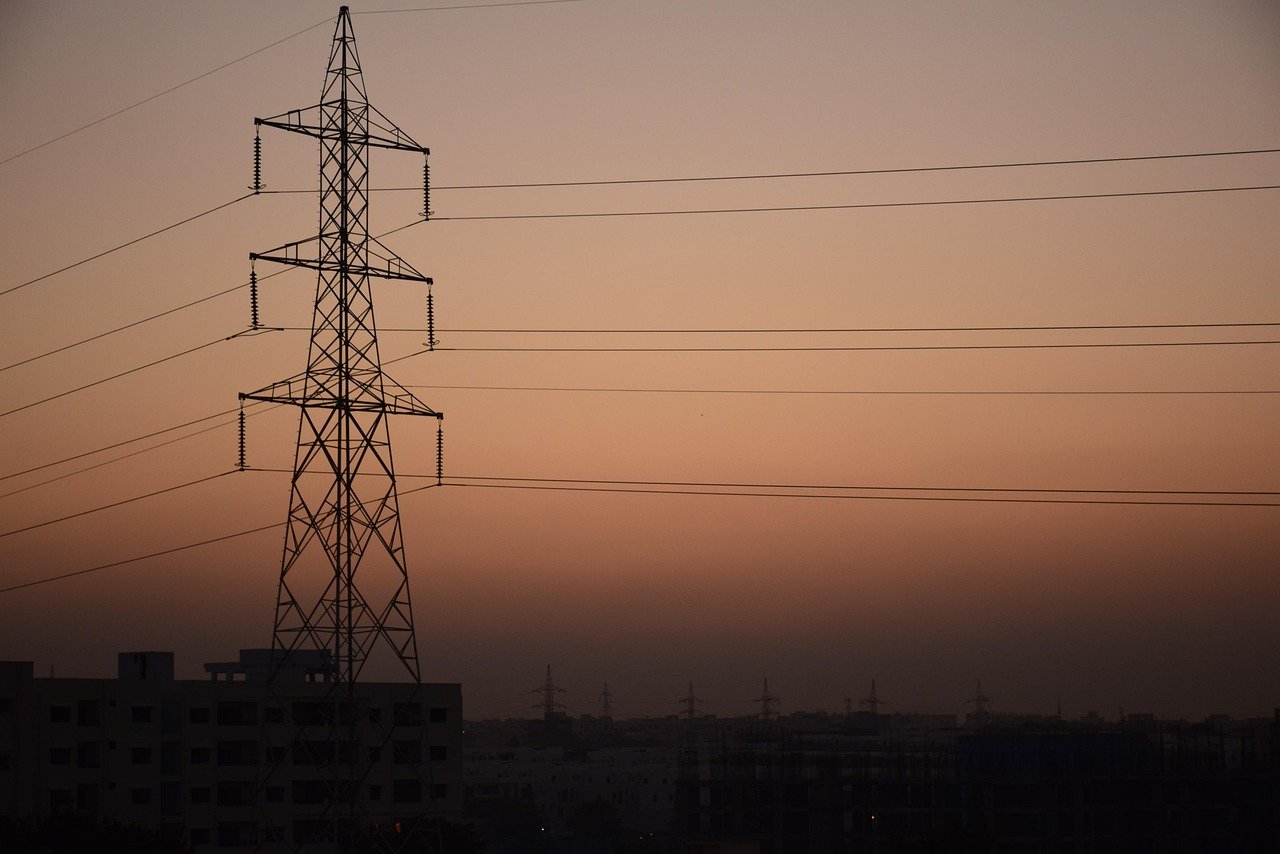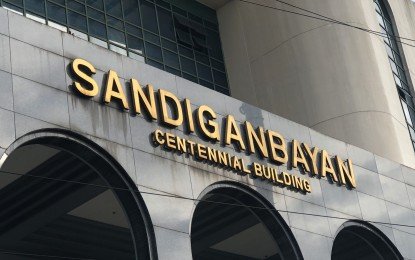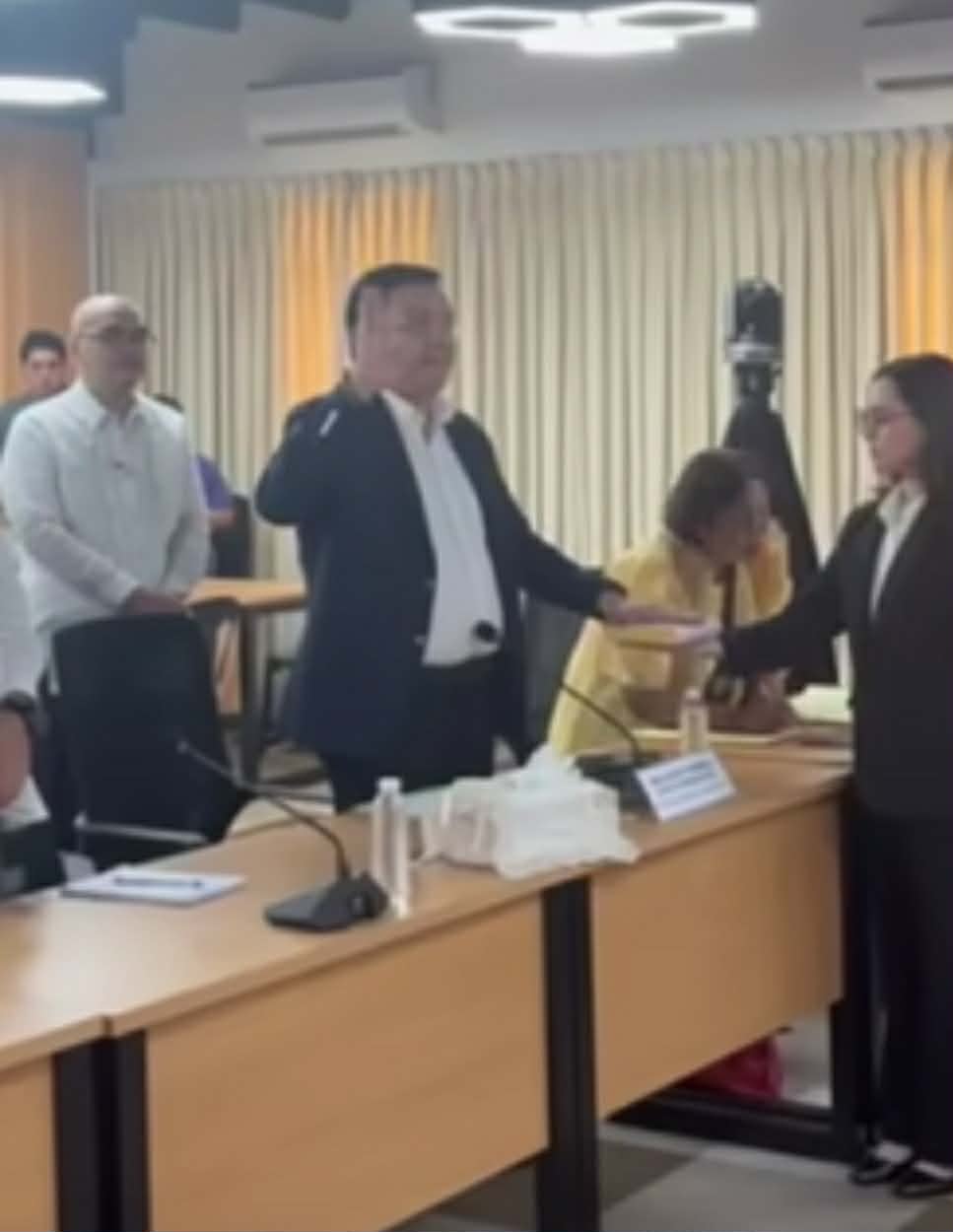7.1 Magnitude Mindoro Earthquake: 31 Years After Deadly Dawn Disaster that Killed 78
On November 15, 1994, a powerful earthquake shattered the pre-dawn darkness of Oriental Mindoro, or 31 years ago today, unleashing a killer tsunami that claimed 78 lives, most of them children who drowned as walls of water surged ashore within minutes of the violent shaking.
The magnitude 7.1 earthquake struck at 3:15 a.m. on Nov. 15, 1994, ripping a 35-kilometer gash through the earth along what scientists would later name the Aglubang River Fault.
The tremor awakened residents across the province, including then-young Arnan Panaligan, now Oriental Mindoro 1st District congressman, who recalled the terror of that moment: “I was awakened by the intense shaking. It was scary and I thought our house would collapse.”
But the earthquake was only the beginning of the nightmare.
Within two to five minutes of the ground shaking, tsunami waves began hammering a 40-kilometer stretch of coastline from Puerto Galera to Pinamalayan.
The waves knocked down palm trees in a single direction, scoured sand from beaches and deposited it inland in thick tsunami ridges extending 30 meters from shore.
The municipality of Baco sustained the heaviest casualties, with 41 confirmed deaths from drowning in the coastal barangays of Malaylay, San Andres and Old Baco.
The capital town of Calapan recorded 17 deaths in Barangay Wawa, another coastal area struck by the tsunami.
Almost half of these casualties were children below 10 years old who drowned.
In Baco Islands, the vertical run-up reached 8.5 meters (nearly 28 feet) as the waves crashed ashore with devastating force.
Most residents who survived did so because they reacted quickly upon seeing the incoming waves, rushing landward for several tens of meters before the tsunami hit the coastline.
The people were awakened from their sleep by the strong ground motion and afterward by the strong sound created by the incoming tsunami waves.
One small mercy saved many lives that morning: the earthquake coincided with the lowest tide level, and the almost flat topography of many populated shorelines prevented strong run-down currents that would have swept victims out to sea.
It was only at Pulong Malaki on Baco Island where the tsunami run-up wave was coupled with strong run-down — one child was carried offshore and remains missing.
“We stayed in the garden as aftershocks repeatedly occurred,” Panaligan remembered. “When the morning light came and we entered our house, we saw that everything was in disarray. Furnitures and fixtures were in shambles. Vases were broken and grocery items that fell from the shelves littered the floor.”
The destruction extended far beyond individual homes.
The earthquake affected 13 of Oriental Mindoro’s 15 municipalities, impacting 22,452 families across 273 barangays.
A total of 7,566 houses were damaged: 1,530 totally destroyed or washed away by the tsunami, and 6,036 partially damaged.
Infrastructure damage included 24 bridges, eight of which were rendered impassable for days, isolating barangays and towns in the interior.
Massive liquefaction was observed along a three-kilometer stretch of the Calapan-Puerto Galera Highway, with lateral spreading that severely damaged the infrastructure.
The Philippine Institute of Volcanology and Seismology (Phivolcs) noted that without the tsunami, total casualties would have been only 29 instead of 78.
The disaster exposed a harsh reality about locally generated tsunamis: The time interval between the earthquake and tsunami impact was too short (just two to five minutes) for any meaningful warning system.
Most of the casualties were children, caught in their homes before they could reach higher ground.
Under the leadership of then Gov. Rodolfo Valencia and President Fidel Ramos, emergency response was swift.
The provincial disaster response machinery was in place, and national government agencies including the National Disaster Coordinating Council and Department of Social Welfare and Development (DSWD) were quick and efficient in extending assistance.
The tragedy inspired officials to organize the Geologic Hazards Information and Education Alliance in early 1994, launched in May of that year, to promote awareness and preparedness for geologic hazards through a coalition of media and science organizations.
Today, three decades later, the lessons remain urgent: When the earth shakes violently near the coast, residents must immediately flee to higher ground.
The ground itself becomes the only warning they will receive.
The Aglubang River Fault, unknown to science before that November morning, had announced itself with terrible force, a fault line now permanently etched not just in the landscape of Mindoro, but in the collective memory of a province that lost 78 of its own, most of them the island’s youngest residents.









Write Your Comment